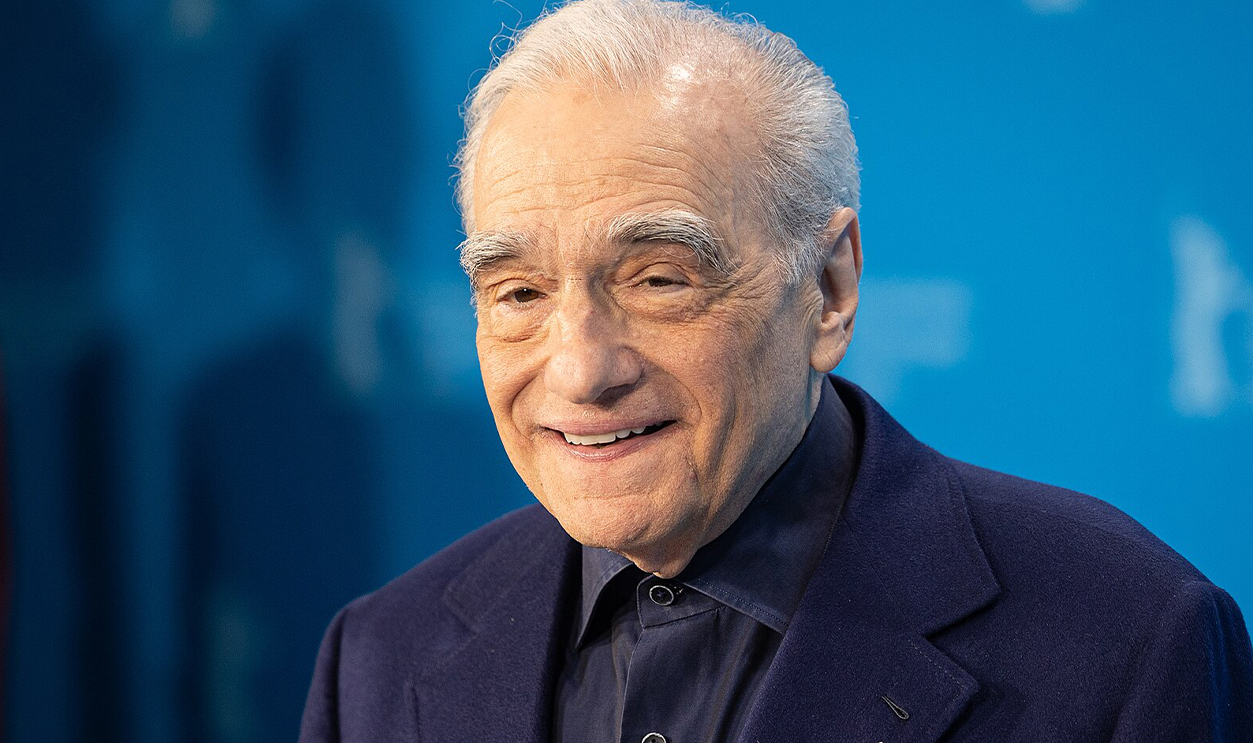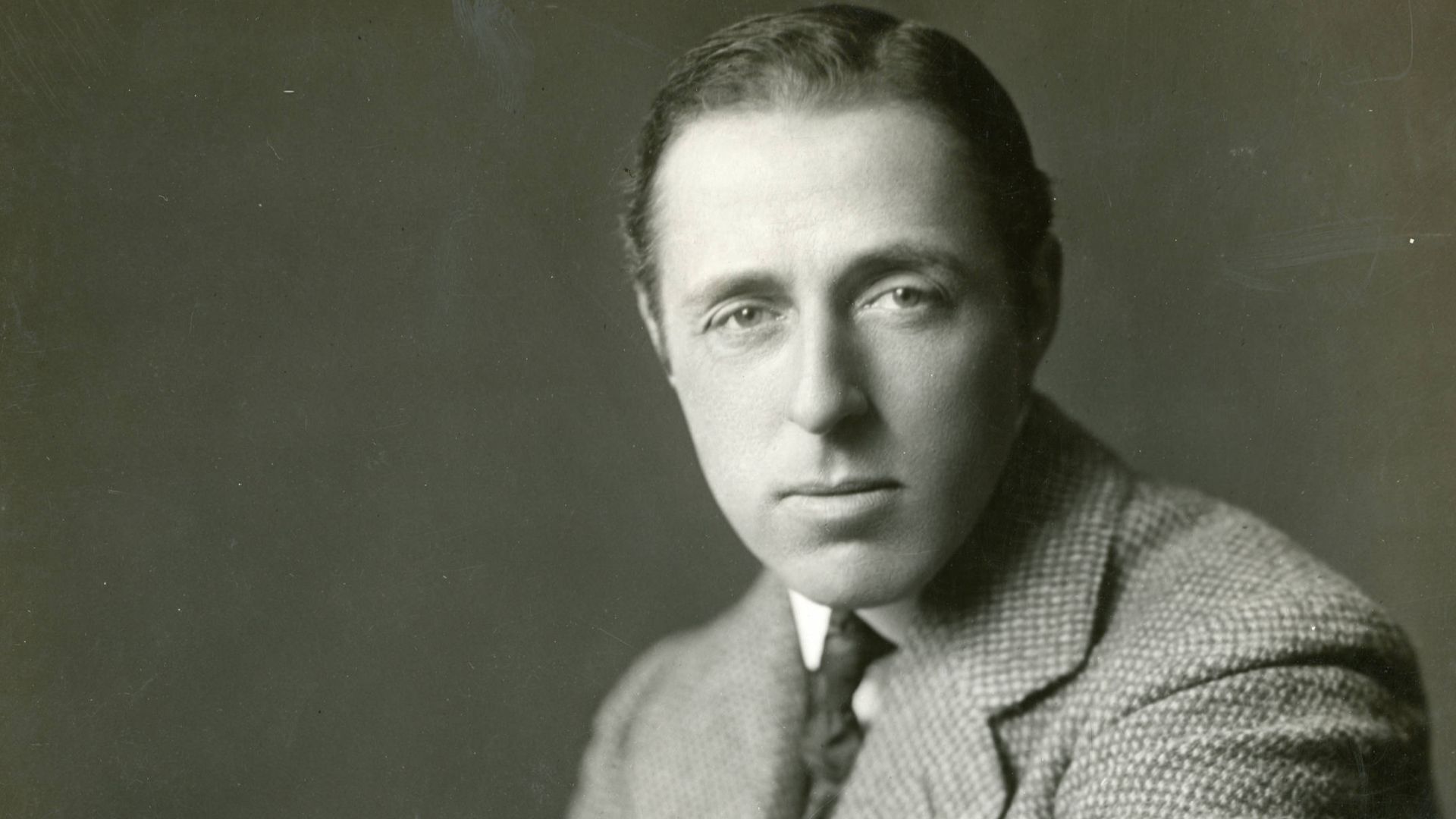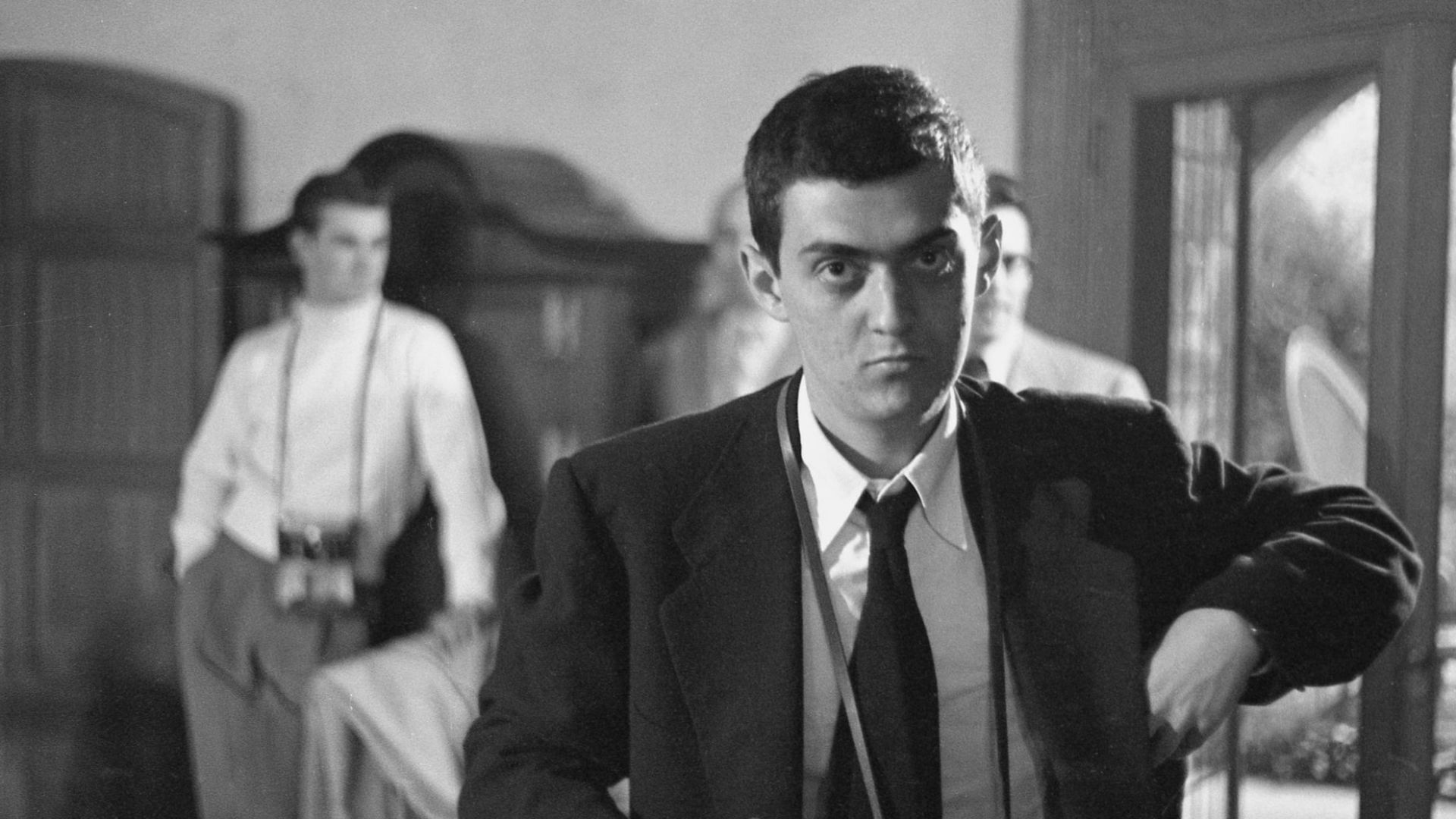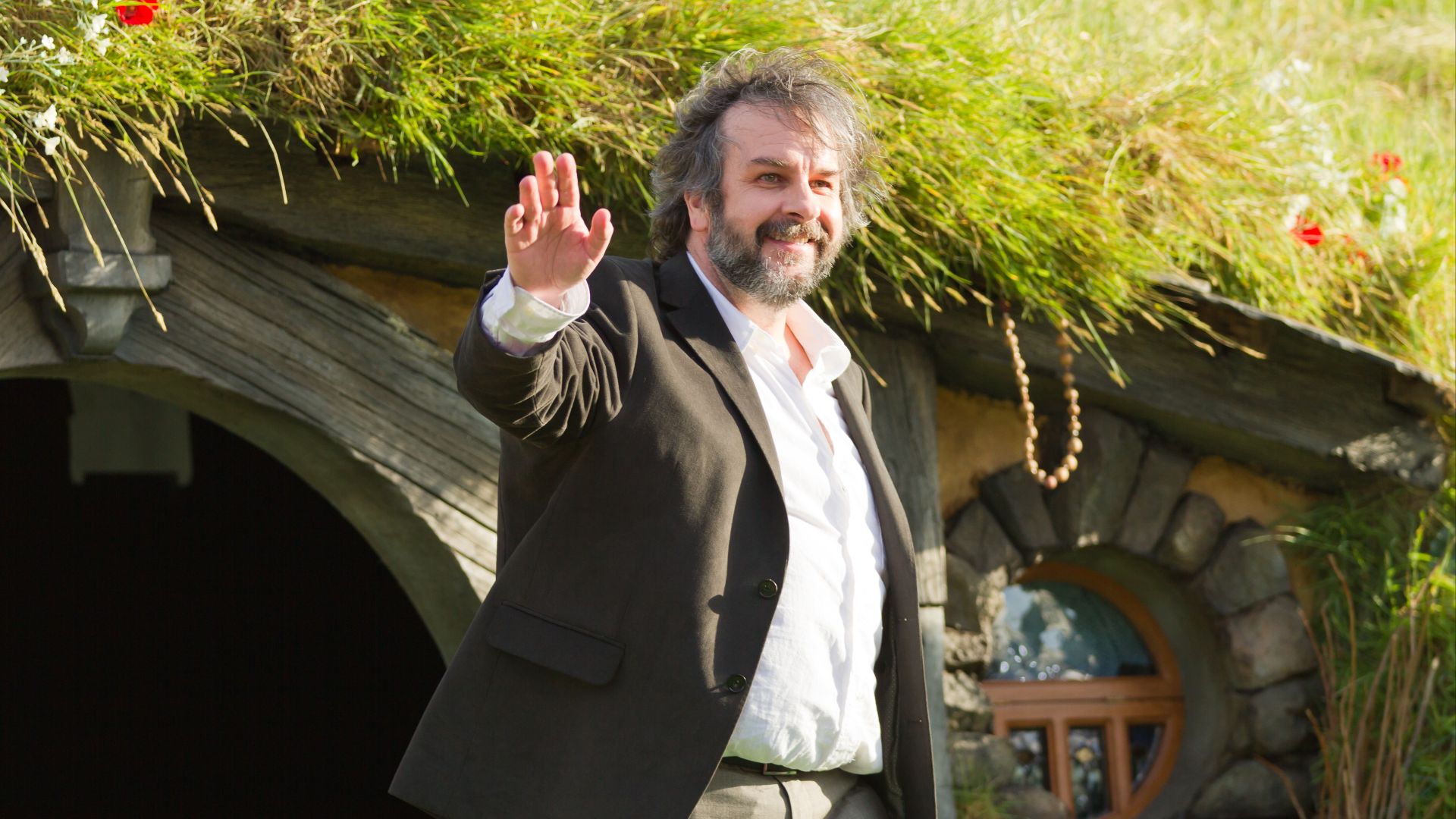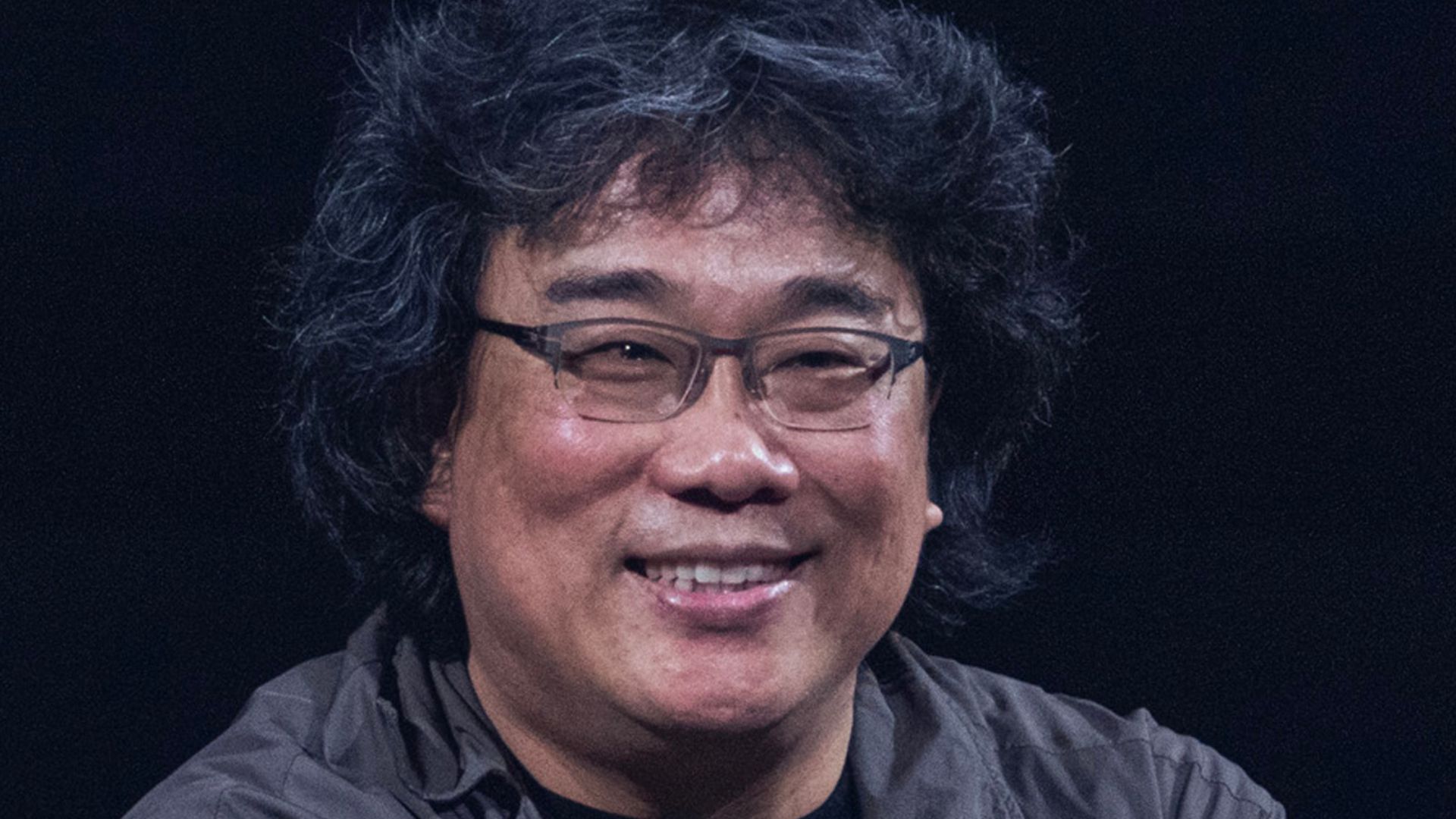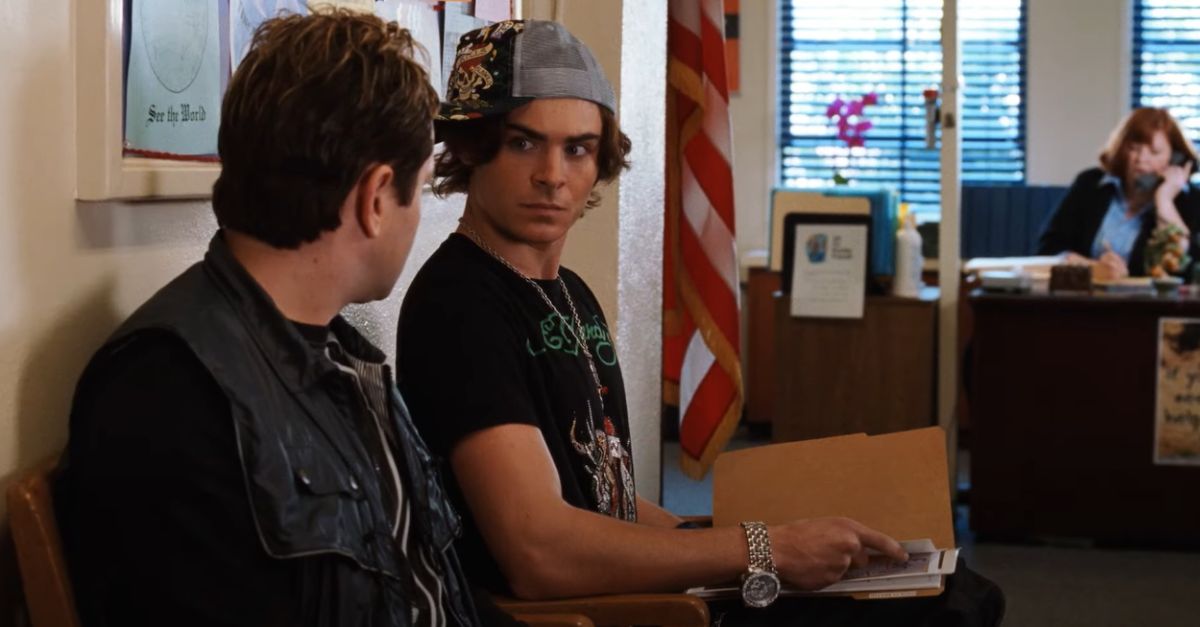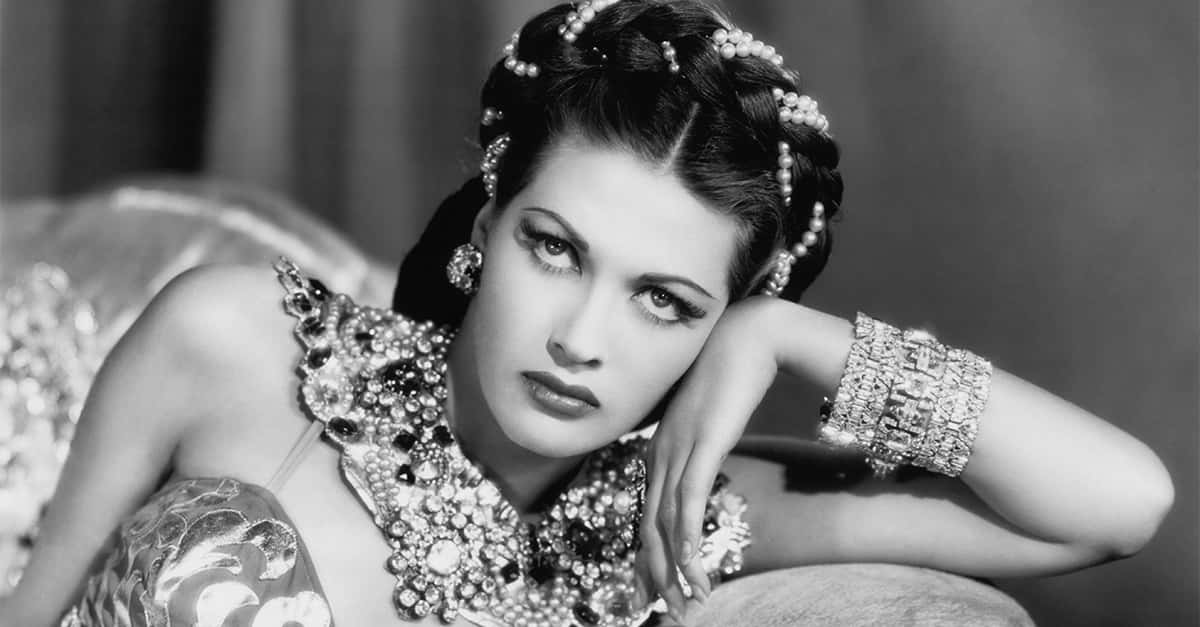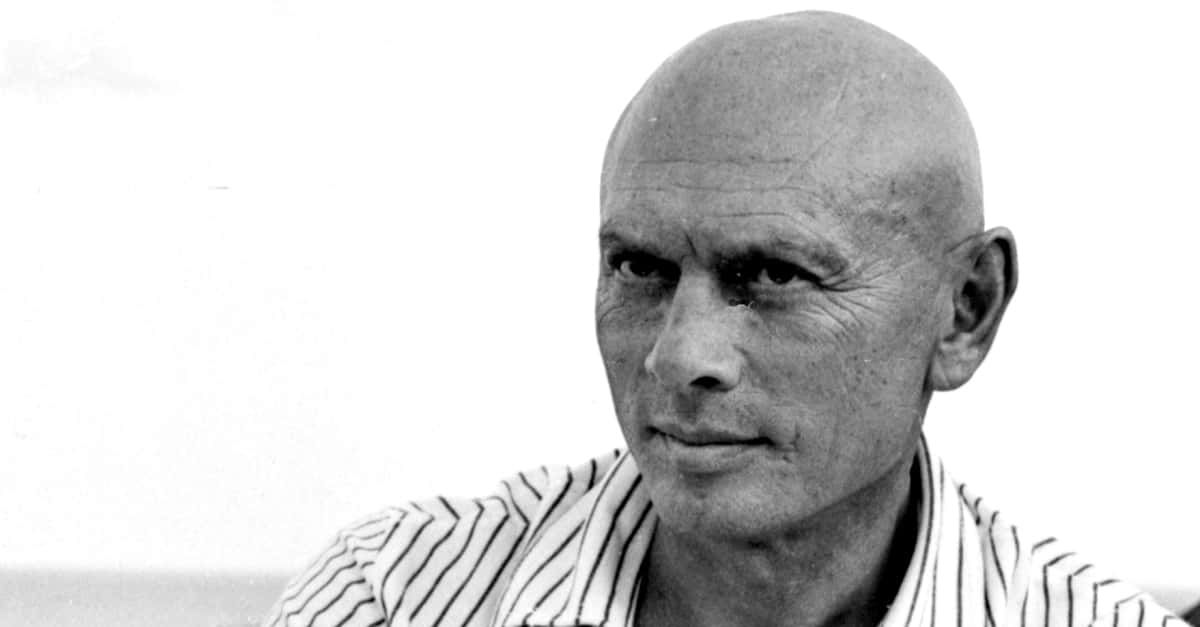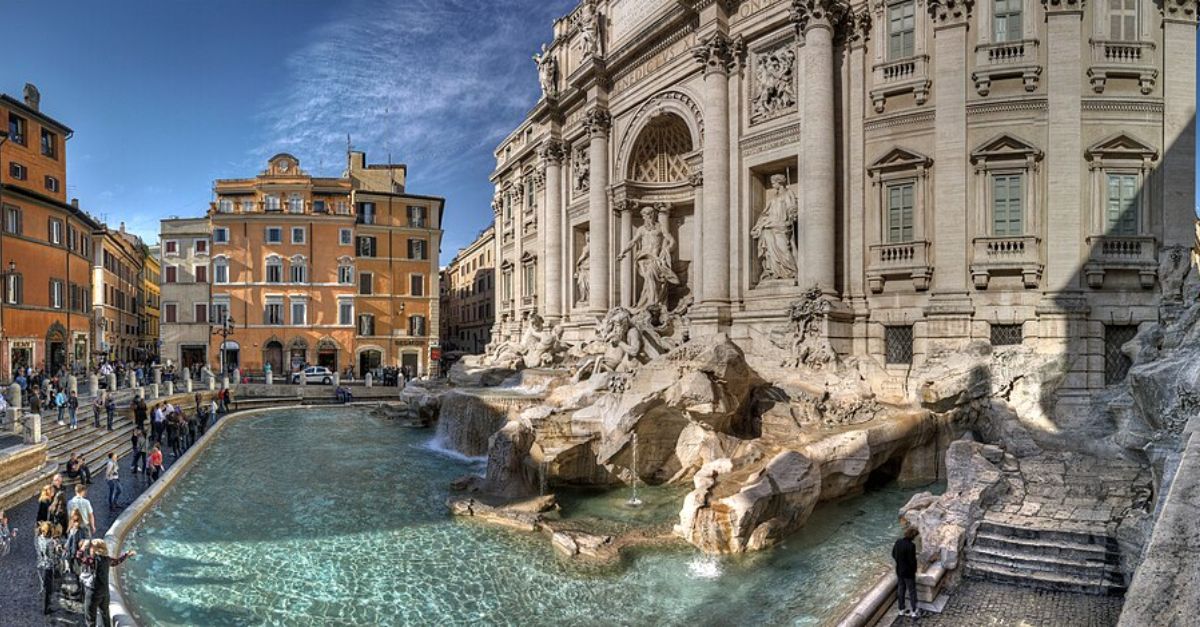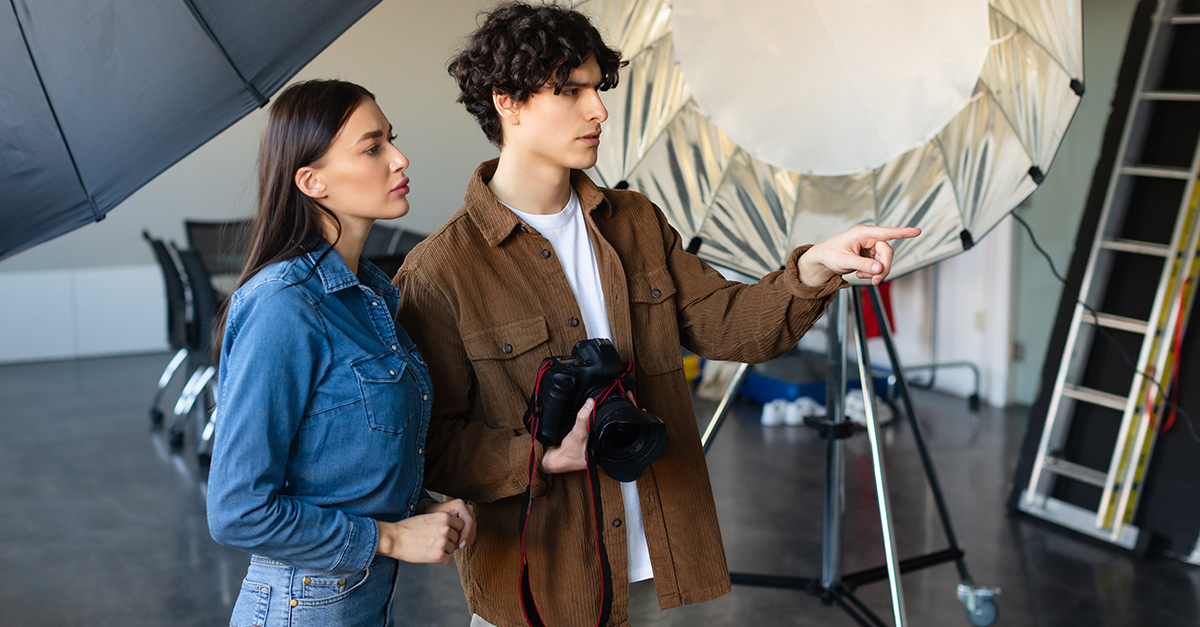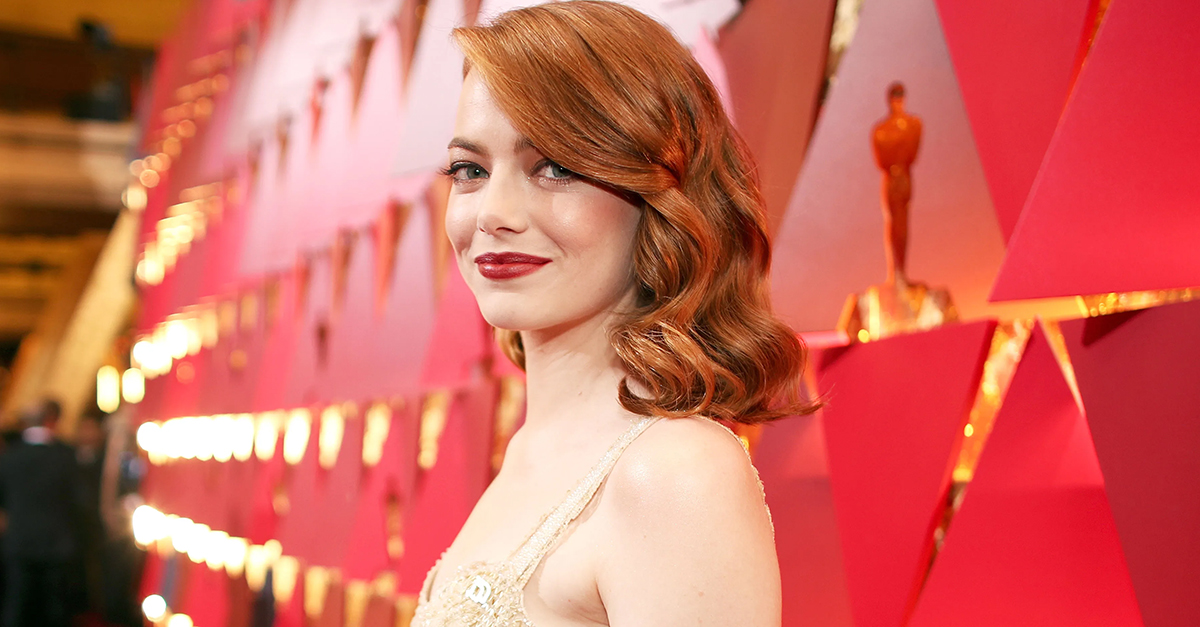The People Who Made Movies Evolve
Movies didn’t arrive fully formed. They changed, bent, broke rules, and were reinvented by visionaries who dared to ask “Why not?” These directors didn’t just direct, they reshaped storytelling, sound, visuals, pacing, and the very language of film. From silent-era pioneers to modern filmmakers, we can see the fingerprints of these directors in nearly every movie made after them.
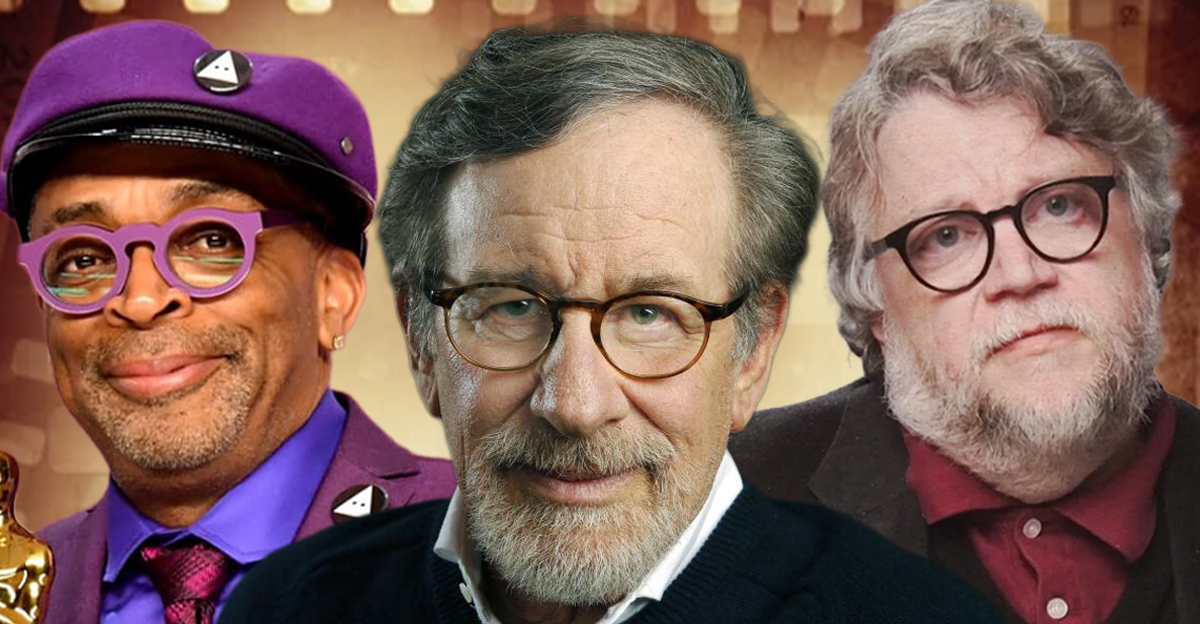
DW Griffith
Often controversial but undeniably influential, Griffith pioneered many techniques we take for granted: cross-cutting, close-ups, large crowd scenes, and dramatic pacing. The Birth of a Nation and Intolerance pushed film from theater mimicry into its own language of motion and montage. His ambition made film epic.
Wes Anderson
Full of symmetry, color palettes, quirky deadpan humor, and precision framing, Anderson’s style is instantly recognizable. Films like The Grand Budapest Hotel and Moonrise Kingdom are like visual poems balanced on whimsy. He proved that style and substance can cohabit in charming, meticulous worlds.
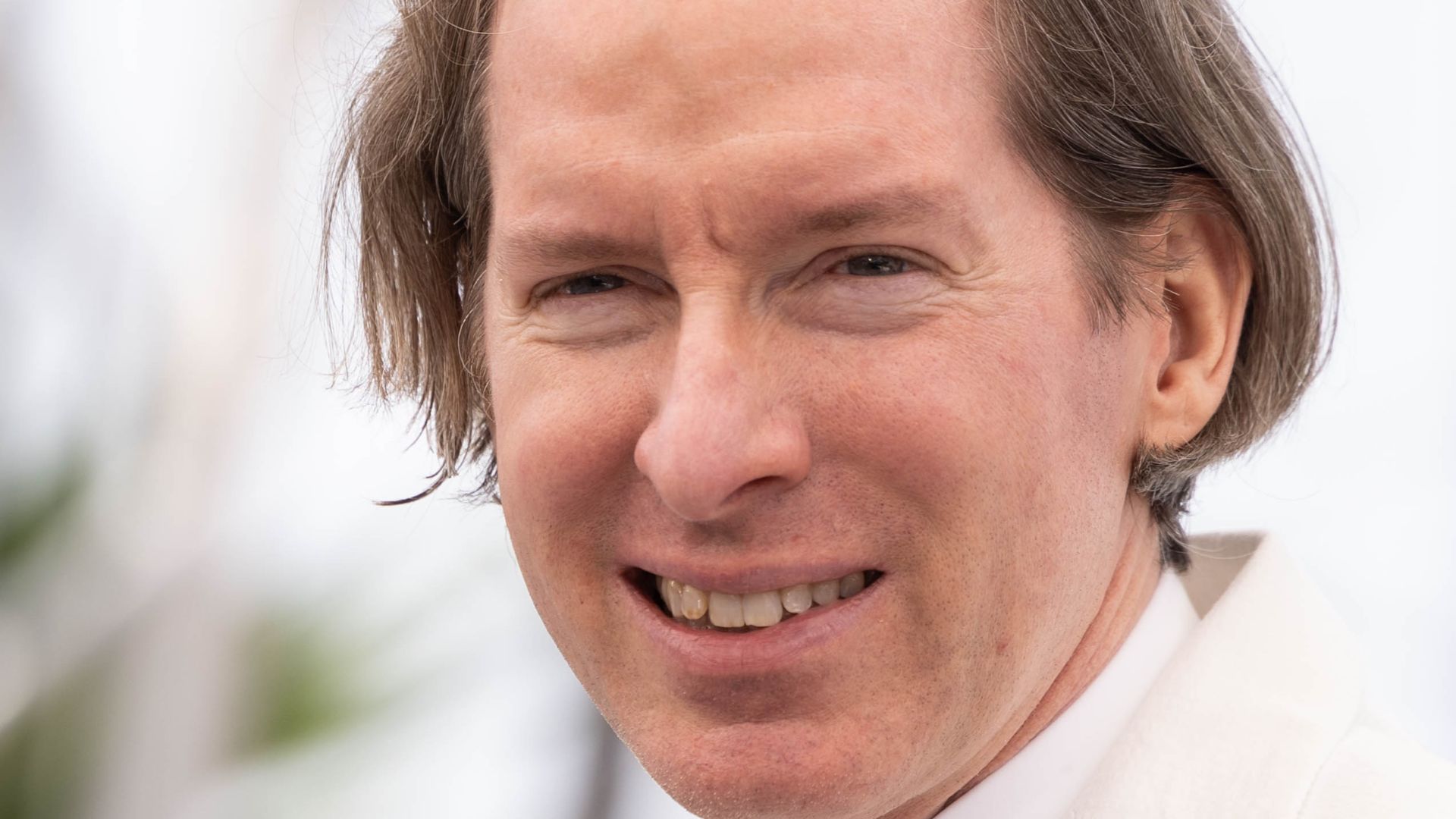 Harald Krichel, Wikimedia Commons
Harald Krichel, Wikimedia Commons
Kathryn Bigelow
She broke barriers in a male-dominated world and made adrenaline feel visceral. The Hurt Locker and Zero Dark Thirty aren’t just action movies; they’re psychological studies in tension and moral gray areas. Bigelow’s camera often moves like a panicked person, dragging you into the firefight.
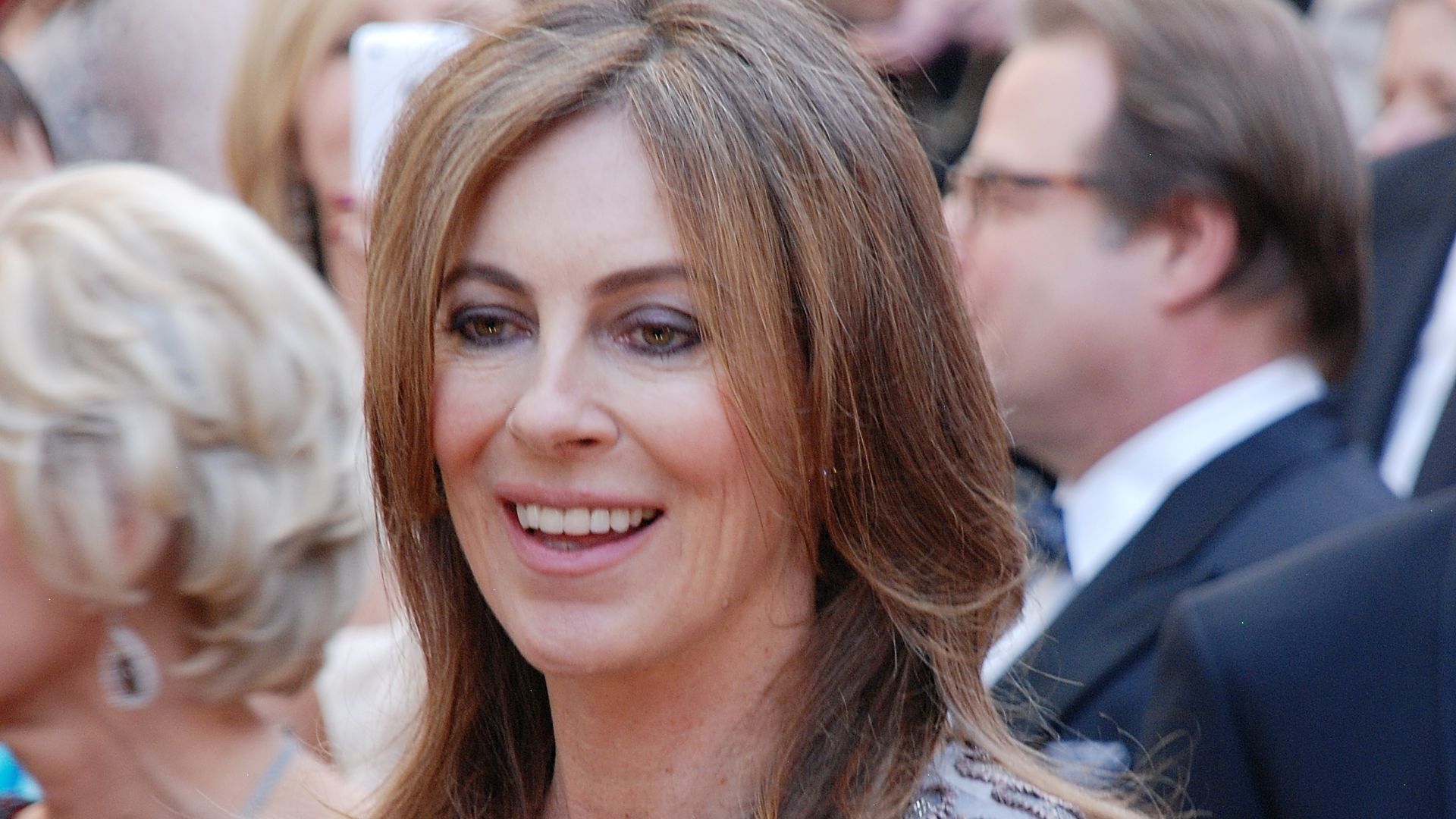 Cristiano Del Riccio, Wikimedia Commons
Cristiano Del Riccio, Wikimedia Commons
Steven Spielberg
The name nearly defines blockbuster cinema. From Jaws to Schindler’s List to E.T., Spielberg mixes spectacle and humanity. He showed that spectacle can move you, that children can be heroes, and that a movie can make you gasp and cry in the same breath.
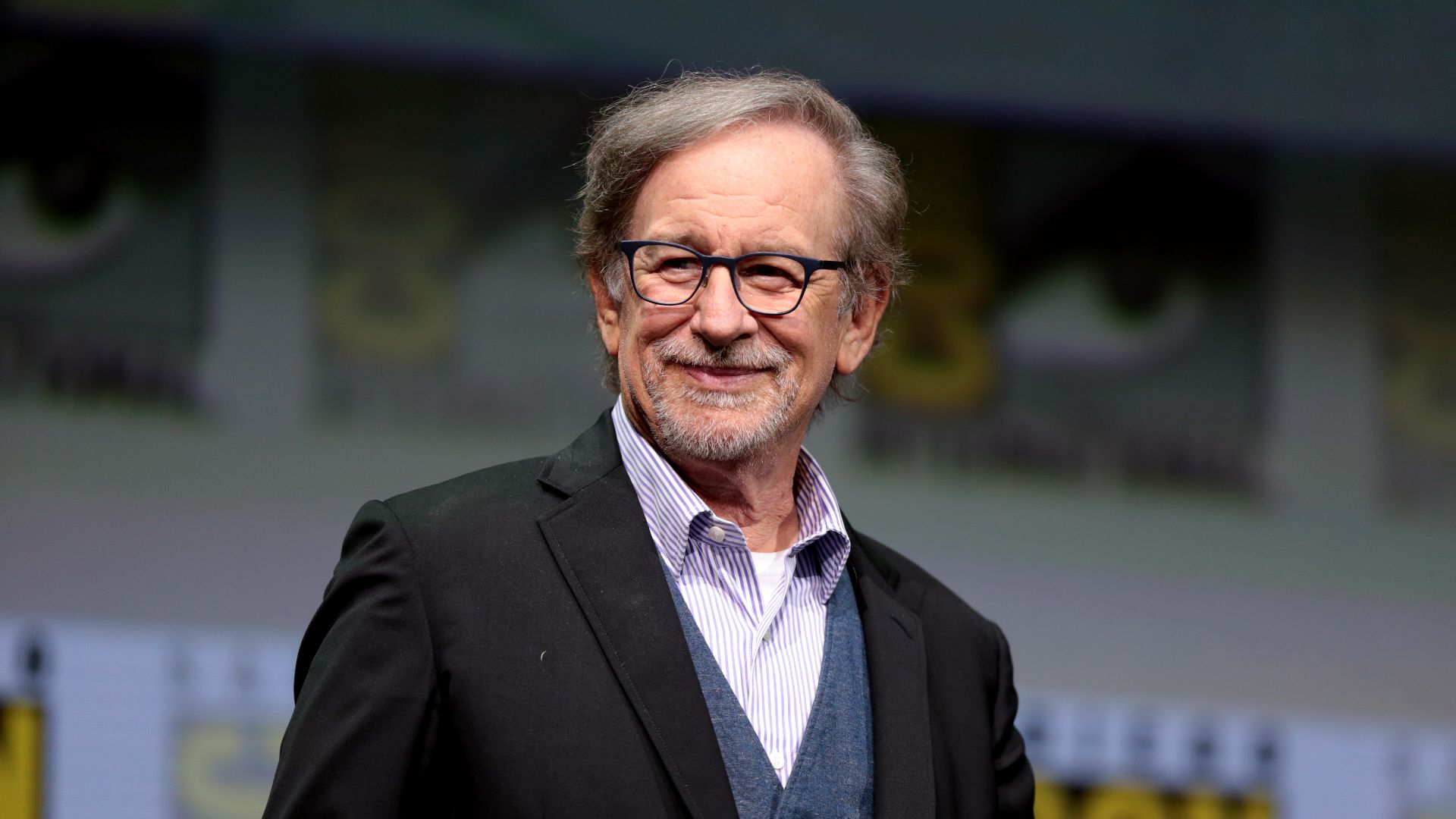 Gage Skidmore from Peoria, AZ, United States of America, Wikimedia Commons
Gage Skidmore from Peoria, AZ, United States of America, Wikimedia Commons
Charlie Chaplin
A silent era legend who turned physical comedy into poetry and pathos. The Gold Rush, City Lights, and Modern Times used a little tramp to explore big social questions. Chaplin wasn’t just funny; he made us really feel, bridging comedy and tragedy in one shadow.
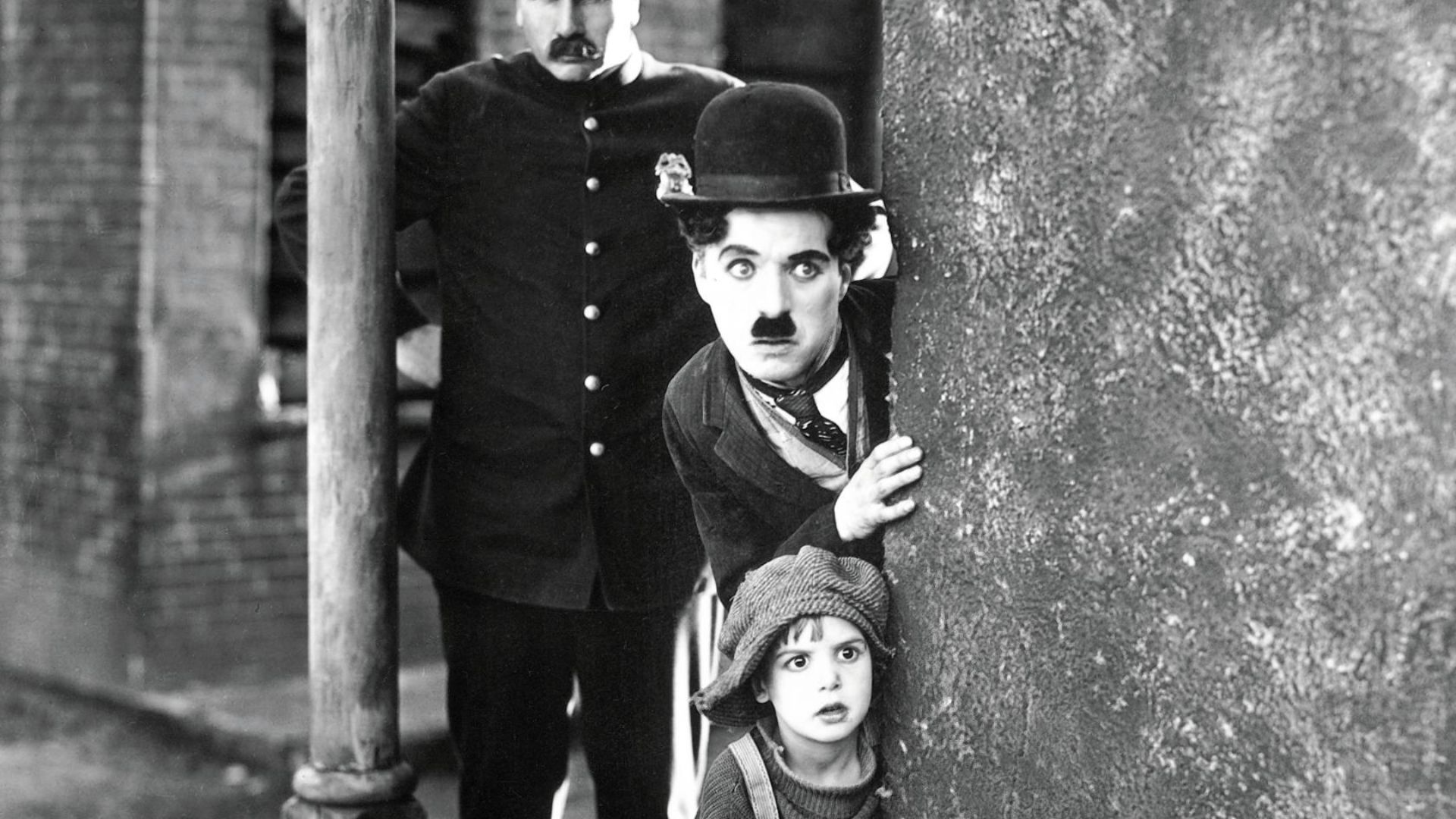 Charlie Chaplin, Wikimedia Commons
Charlie Chaplin, Wikimedia Commons
Akira Kurosawa
A master whose influence spans continents. Seven Samurai, Rashomon, and Ran reshaped storytelling, cinematography, and editing. Kurosawa’s weather, framing, and moral conflict gave film a universal language that inspired generations from East to West.
 P.C.L. Eiga Seisaku-jo, Wikimedia Commons
P.C.L. Eiga Seisaku-jo, Wikimedia Commons
Martin Scorsese
Street grit, moral tension, and kinetic style define Scorsese’s work. Taxi Driver, Goodfellas, and The Departed explore identity, guilt, and survival. His restless camera and human insight made crime and redemption feel almost spiritual.
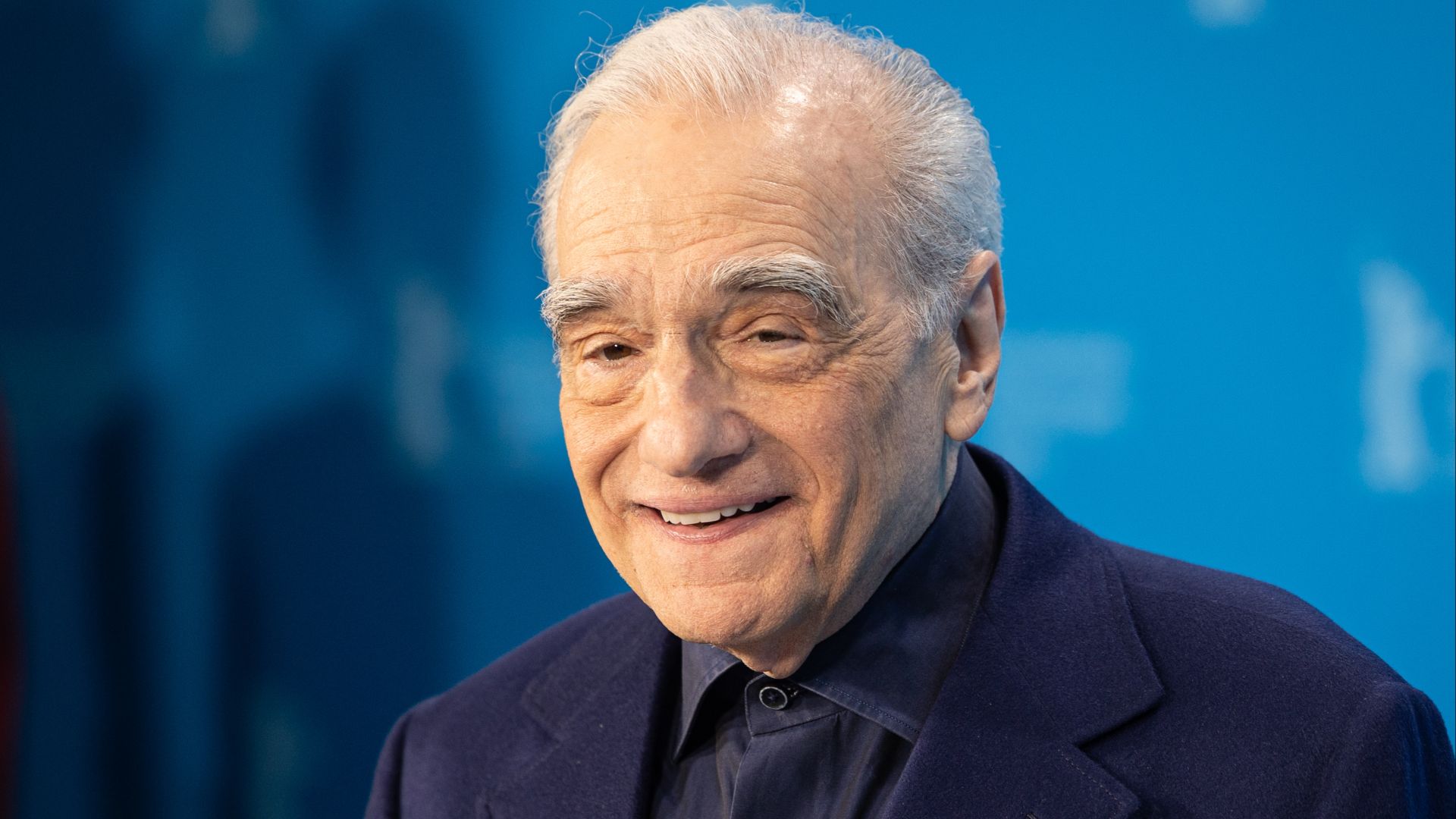 Harald Krichel, Wikimedia Commons
Harald Krichel, Wikimedia Commons
James Cameron
Epic, risk-taking, and tech-obsessed, Cameron pushes film technology like few others. Terminator 2, Titanic, and Avatar blended innovation with human drama. His work proved that technological leaps don’t have to sacrifice emotion, they can enhance it.
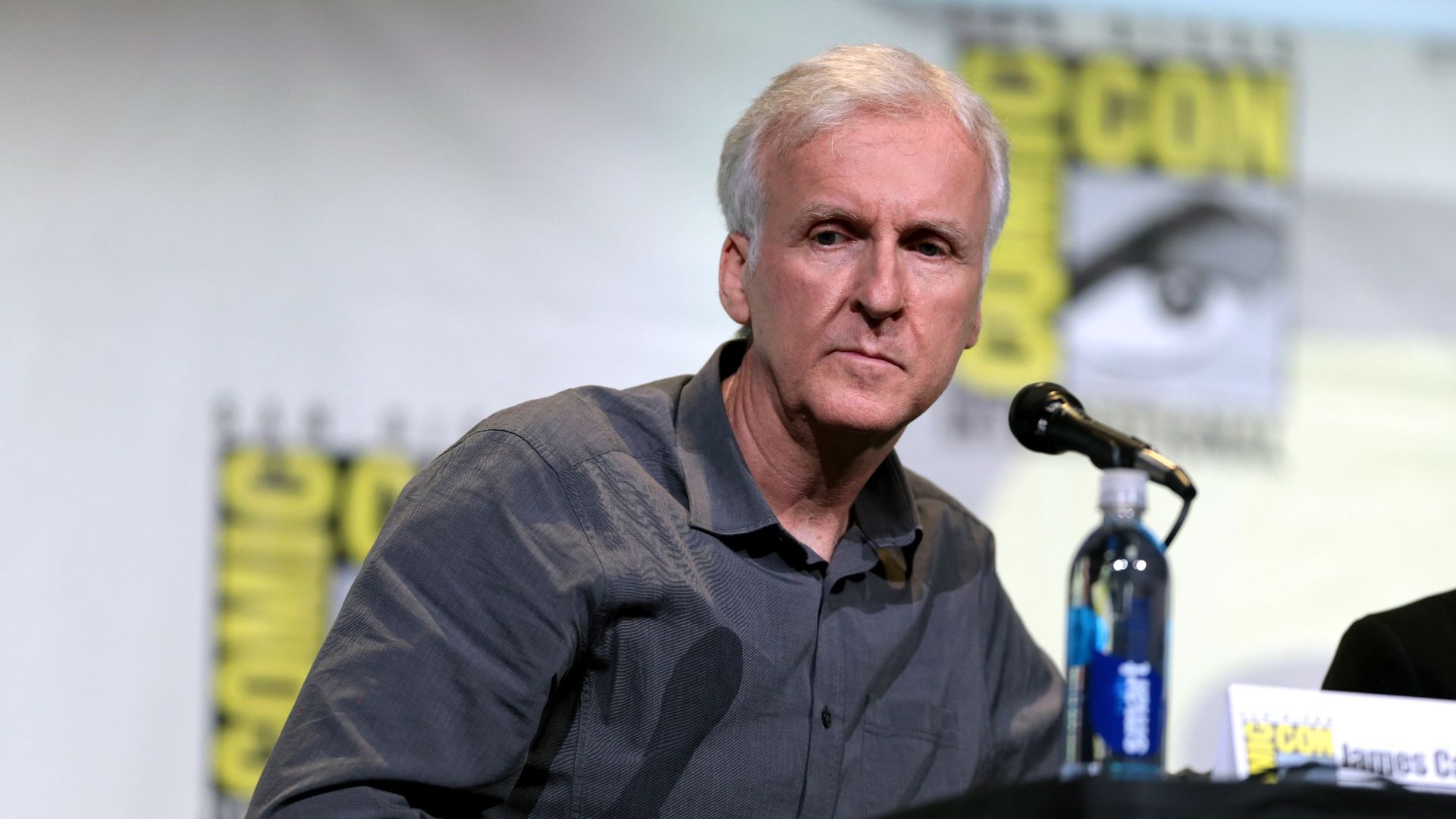 Gage Skidmore from Peoria, AZ, United States of America, Wikimedia Commons
Gage Skidmore from Peoria, AZ, United States of America, Wikimedia Commons
Stanley Kubrick
Meticulous and methodical, Kubrick redefined cinematic precision. 2001: A Space Odyssey, The Shining, and A Clockwork Orange are studies in symmetry and unease. He demanded perfection and crafted films that challenge, disturb, and mesmerize decades later.
Denis Villeneuve
A modern visionary who combines scale with intimacy. Arrival, Blade Runner 2049, and Dune prove that spectacle can coexist with emotion. Villeneuve’s films are meditative and immersive, showing that slow, thoughtful storytelling can still thrill.
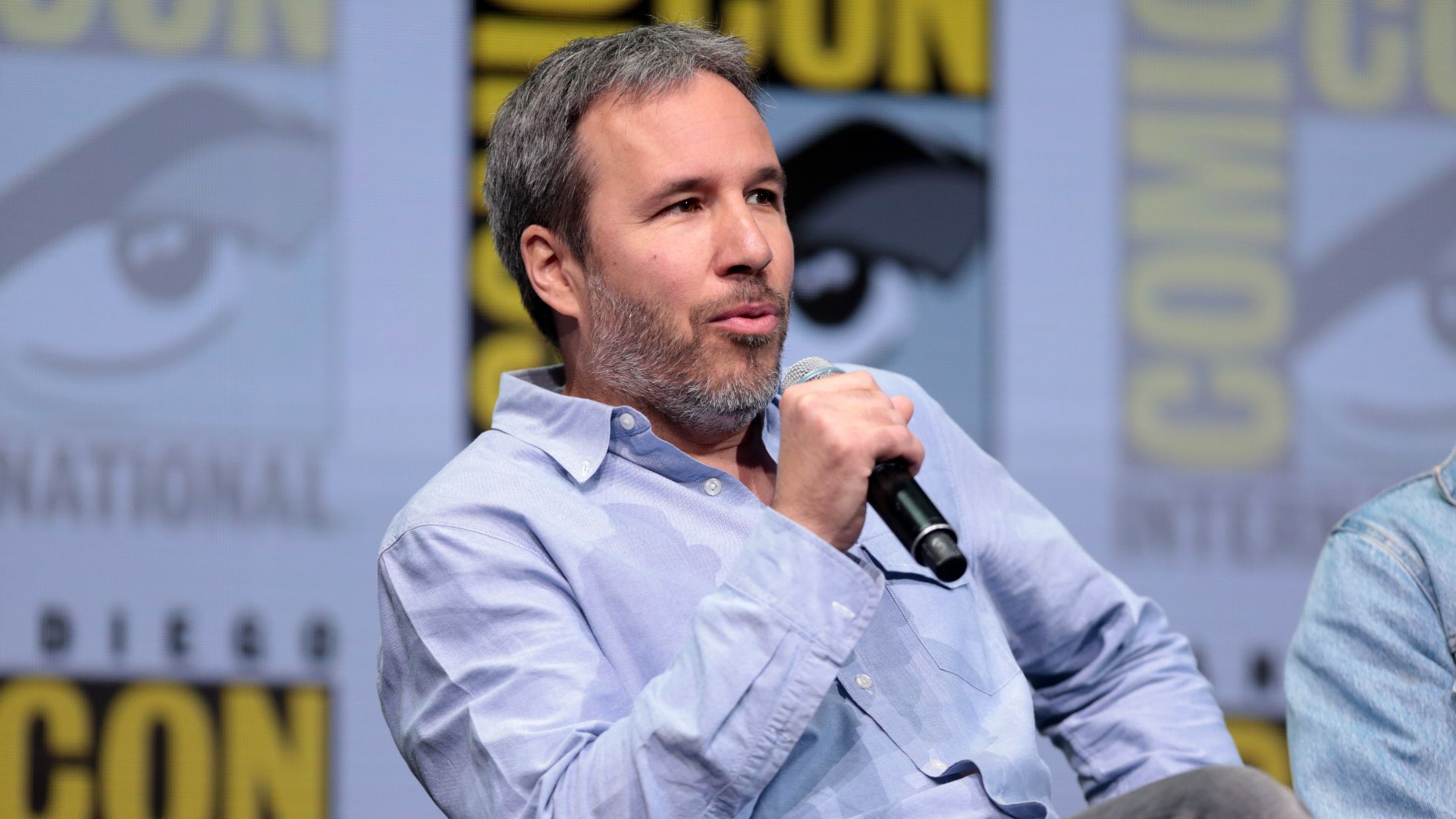 Gage Skidmore from Peoria, AZ, United States of America, Wikimedia Commons
Gage Skidmore from Peoria, AZ, United States of America, Wikimedia Commons
Walt Disney
Animation would not be the same without him. Disney took cartoons from shorts to full-length epics. Snow White and the Seven Dwarfs proved feature animation was viable. His imagination and appetite for world-building laid the foundation for animated storytelling as blockbuster cinema.
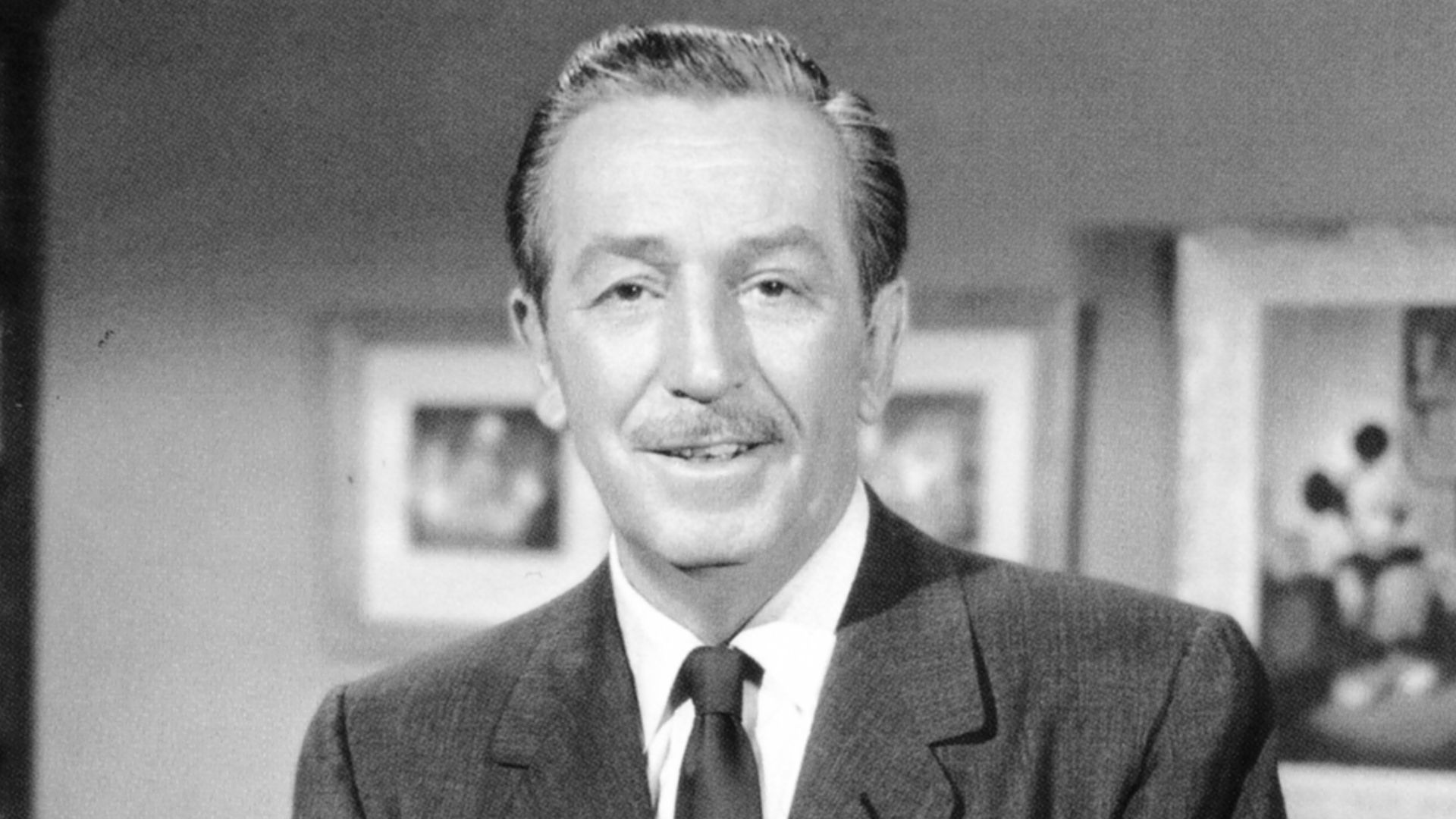 AnonymousUnknown author, Wikimedia Commons
AnonymousUnknown author, Wikimedia Commons
Peter Jackson
The Lord of the Rings trilogy remains a benchmark in adapting epic fantasy. Jackson merged technological innovation with character-driven storytelling and visual spectacle. Because of him, fantasy became not just possible on screen but visceral, immersive, and emotionally real.
Alfred Hitchcock
The master of suspense knew how to use the camera to lie, tease, and manipulate tension. Psycho, Vertigo, and Rear Window turned everyday objects into psychological landscapes. He made fear internal and cinematic, proving that terror lives best in the mind.
Ridley Scott
Visually rich, genre-blending, and endlessly imaginative. Alien, Blade Runner, and Gladiator each redefined their genres. Scott’s lighting, architecture, and world-building make every shot feel like art. He showed that sci-fi and historical epics deserve the same visual gravitas.
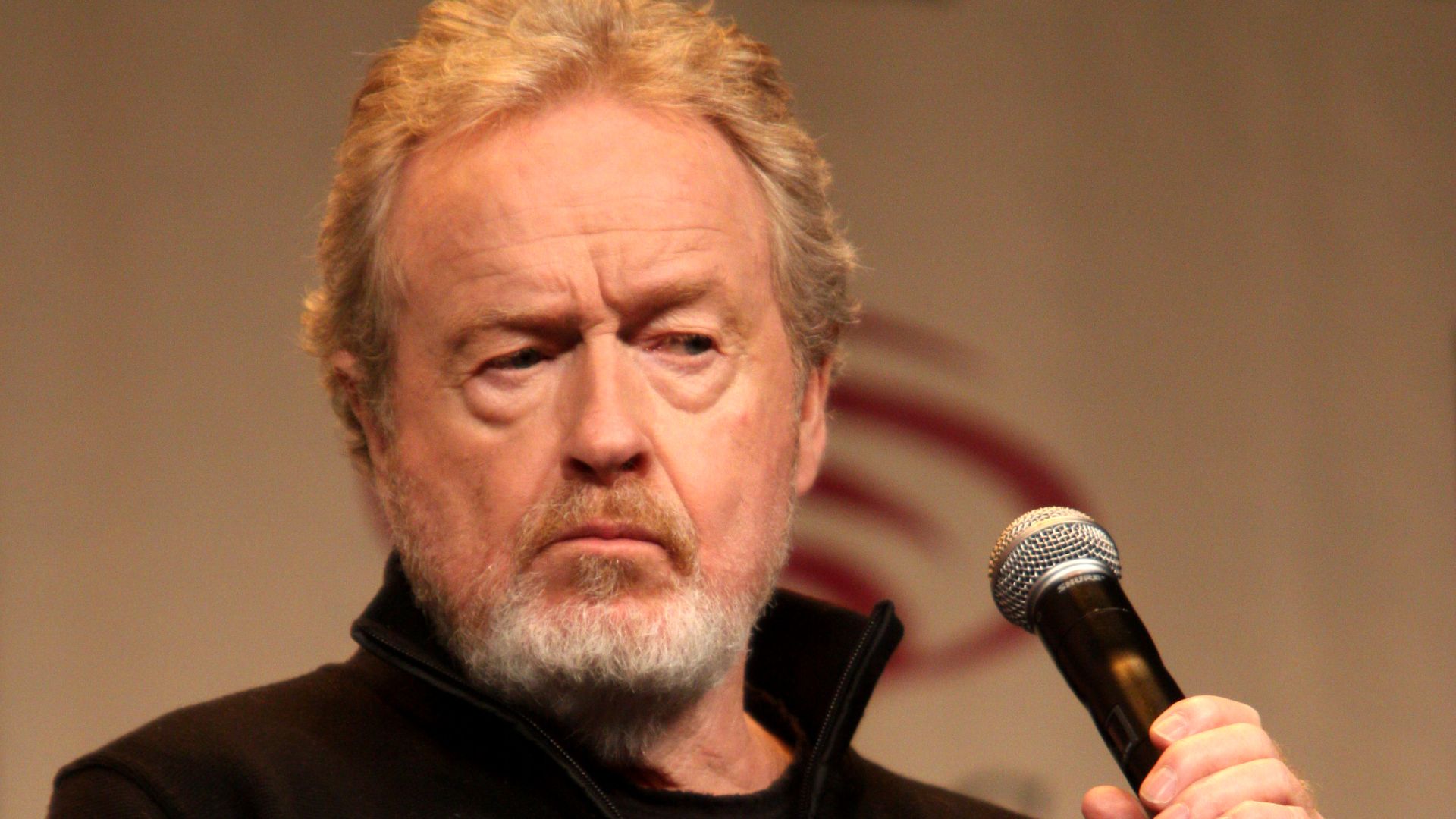 Gage Skidmore from Peoria, AZ, United States of America, Wikimedia Commons
Gage Skidmore from Peoria, AZ, United States of America, Wikimedia Commons
Christopher Nolan
Think puzzle plots, moral ambiguity, and spectacle with substance—Memento, Inception, and The Dark Knight all play with time and perspective. Nolan pushes audiences to think while they’re thrilled. He elevated the modern blockbuster into a cerebral experience.
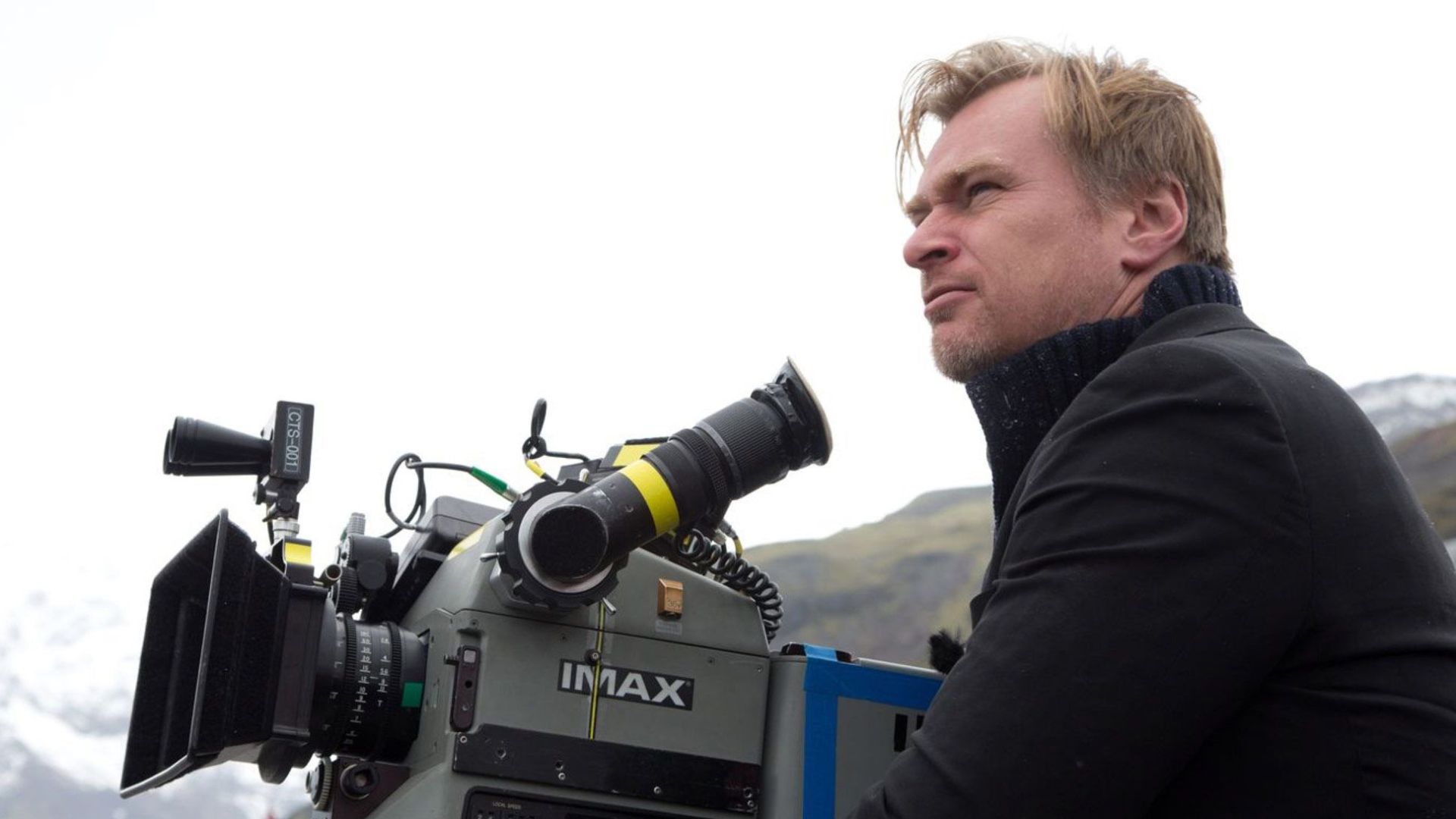 HellaCinema, Wikimedia Commons
HellaCinema, Wikimedia Commons
John Ford
He built the mythology of the American West. His sweeping landscapes and stoic characters in Stagecoach, The Searchers, and The Man Who Shot Liberty Valance shaped the Western as we know it. Ford used setting as character and silence as voice.
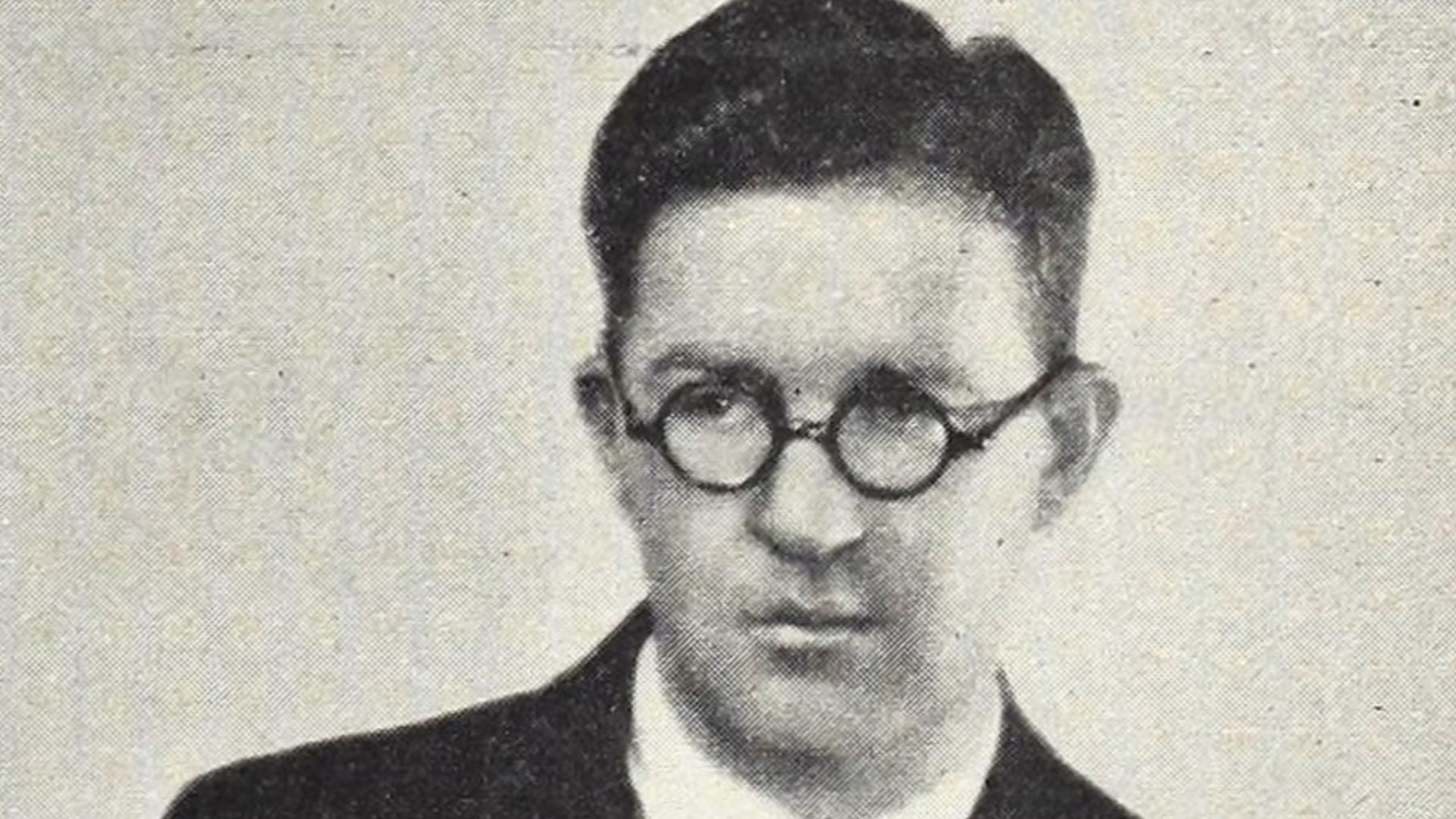 Unknown; published by Exhibitors Herald, Wikimedia Commons
Unknown; published by Exhibitors Herald, Wikimedia Commons
George Lucas
He redefined space opera, merchandising, and film technology. Star Wars changed special effects, studio economics, and storytelling itself. Lucas’s Industrial Light & Magic transformed visual effects, and his universe taught Hollywood how to build cinematic worlds.
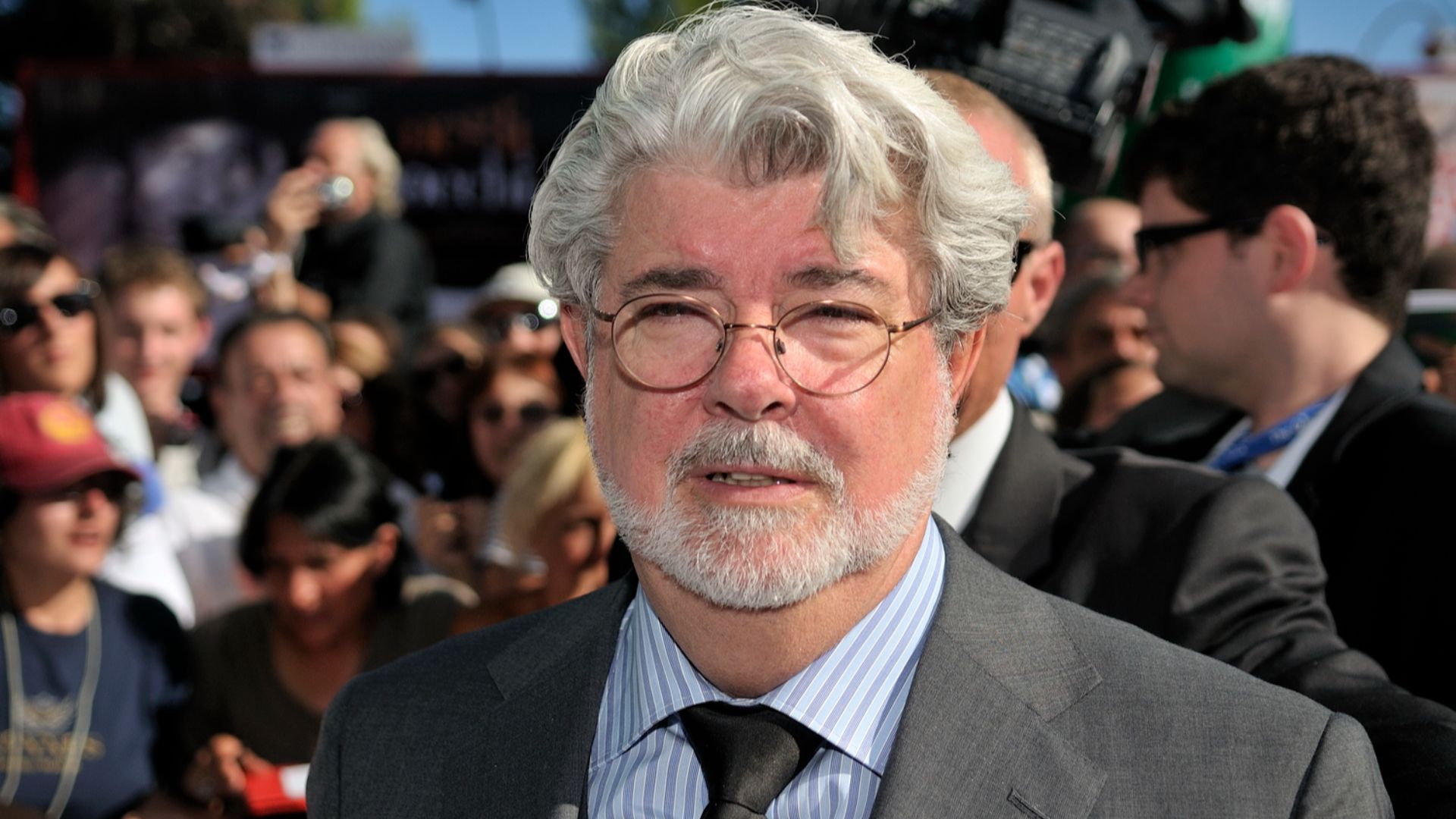 nicolas genin from Paris, France, Wikimedia Commons
nicolas genin from Paris, France, Wikimedia Commons
Quentin Tarantino
Tarantino’s style is instantly recognizable: dialogue as weapon, nonlinear narrative, pop culture references, and genre mashups. Pulp Fiction, Kill Bill, and Inglourious Basterds made violence stylish without being empty. He proved the writer-director voice could be both commercial and cool.
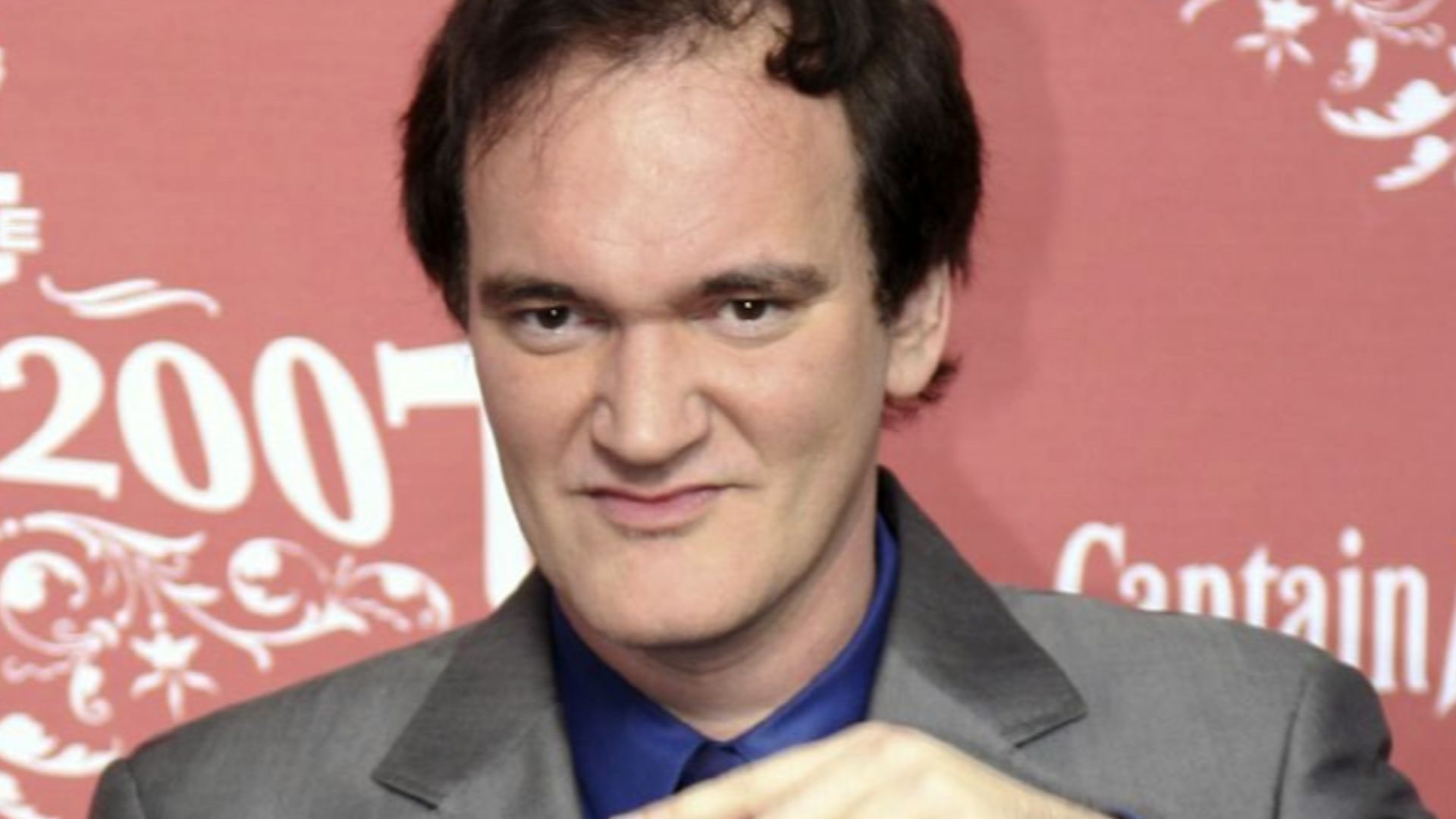 pinguino k from North Hollywood, USA, Wikimedia Commons
pinguino k from North Hollywood, USA, Wikimedia Commons
Francis Ford Coppola
The Godfather trilogy and Apocalypse Now are legendary not just for story but ambition. Coppola risked ruin to realize his vision. His operatic themes and epic scale pushed Hollywood into auteur territory, showing that studios could take artistic risks that still pay off.
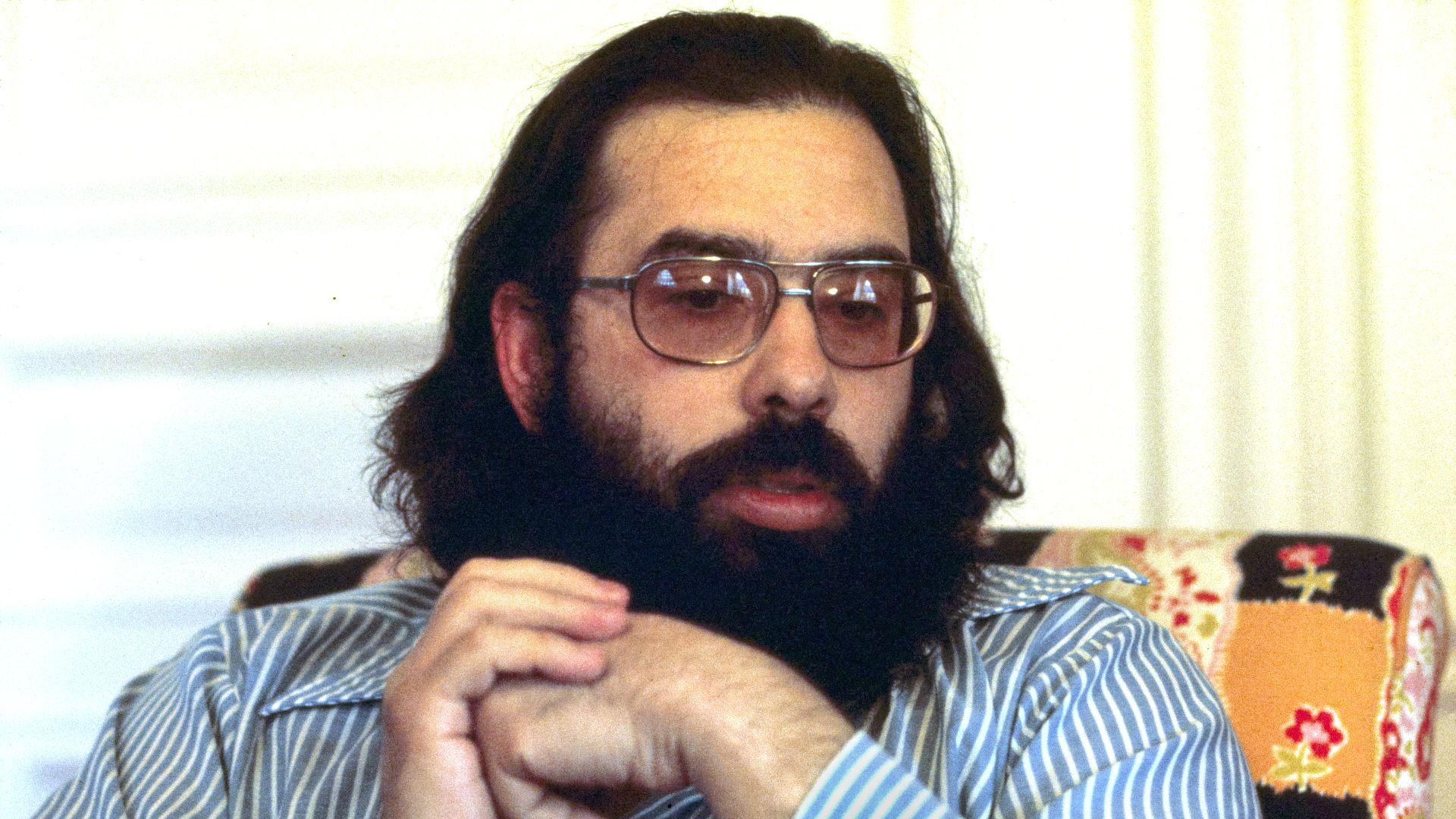 Bernard Gotfryd, Wikimedia Commons
Bernard Gotfryd, Wikimedia Commons
Greta Gerwig
In a short span, Gerwig has proven herself a powerful modern storyteller. Lady Bird and Little Women brought intimacy and emotional authenticity to the screen. She crafts deeply human narratives that balance humor, longing, and the quiet revolutions of everyday life.
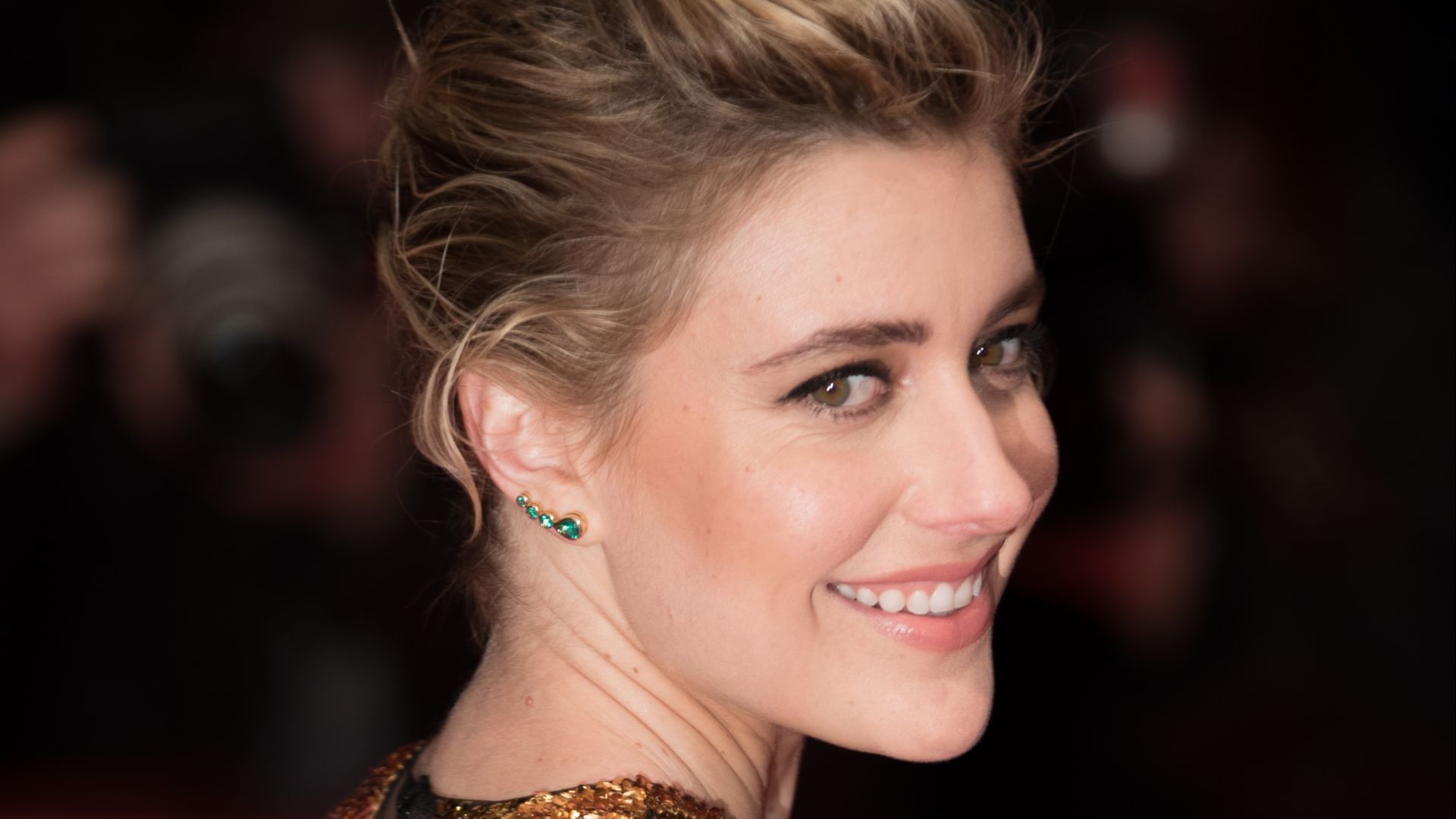 Martin Kraft, Wikimedia Commons
Martin Kraft, Wikimedia Commons
Bong Joon-ho
Genre-bending and socially conscious, Bong fuses humor, horror, and satire with razor focus. Parasite broke global barriers, while Snowpiercer and The Host explored class and chaos. He proved that world cinema can dominate mainstream conversation.
Tim Burton
A master of the macabre and whimsical. Edward Scissorhands, Beetlejuice, and Big Fish transformed gothic fantasy into heartfelt art. Burton celebrates the weird, showing that emotion and eccentricity can coexist beautifully on screen.
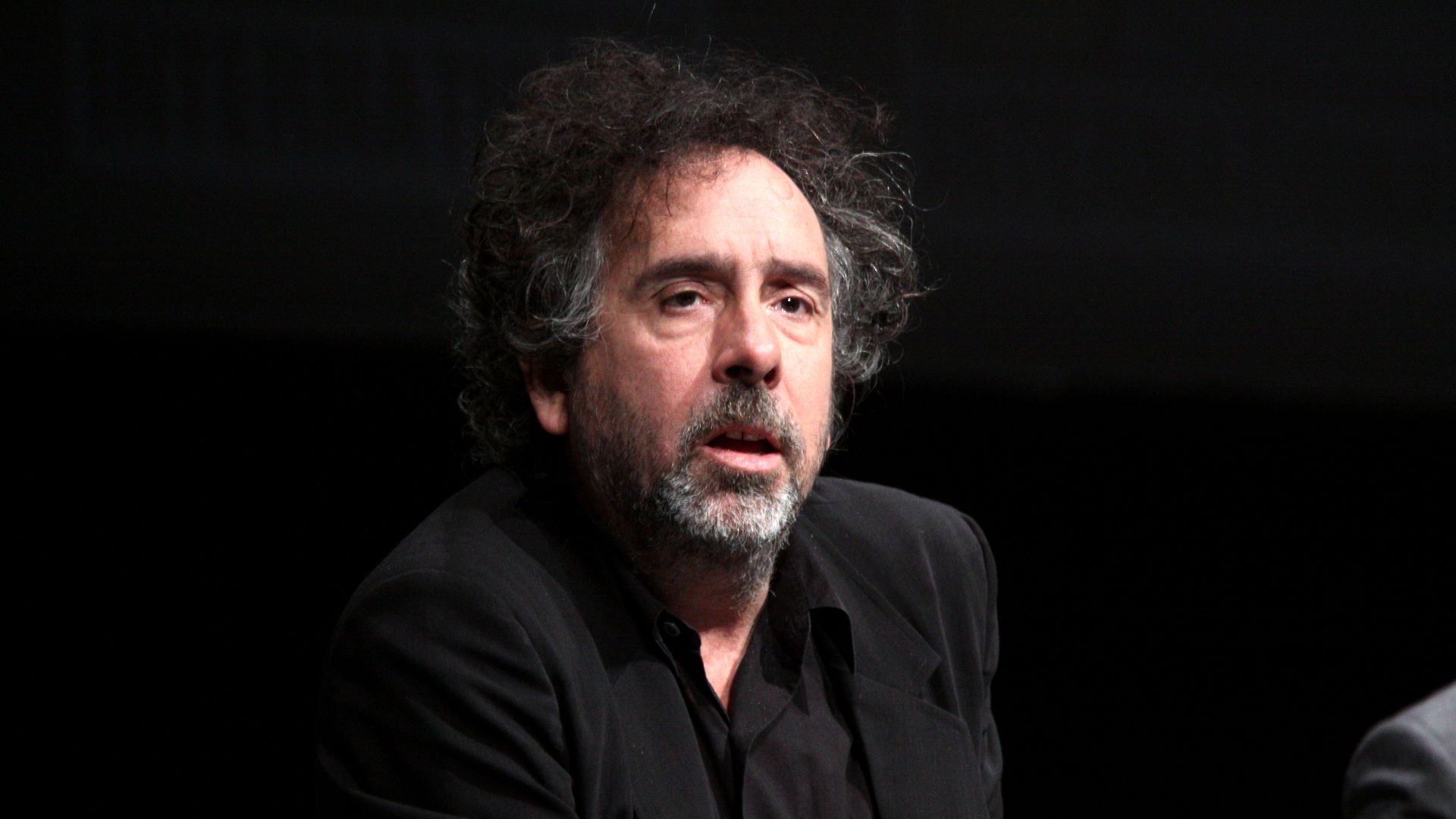 Gage Skidmore from Peoria, AZ, United States of America, Wikimedia Commons
Gage Skidmore from Peoria, AZ, United States of America, Wikimedia Commons
Spike Lee
Bold, provocative, and vital. Do the Right Thing, Malcolm X, and BlacKkKlansman made race, culture, and politics cinematic conversation. His dynamic visuals and confrontational tone redefined social storytelling in modern film.
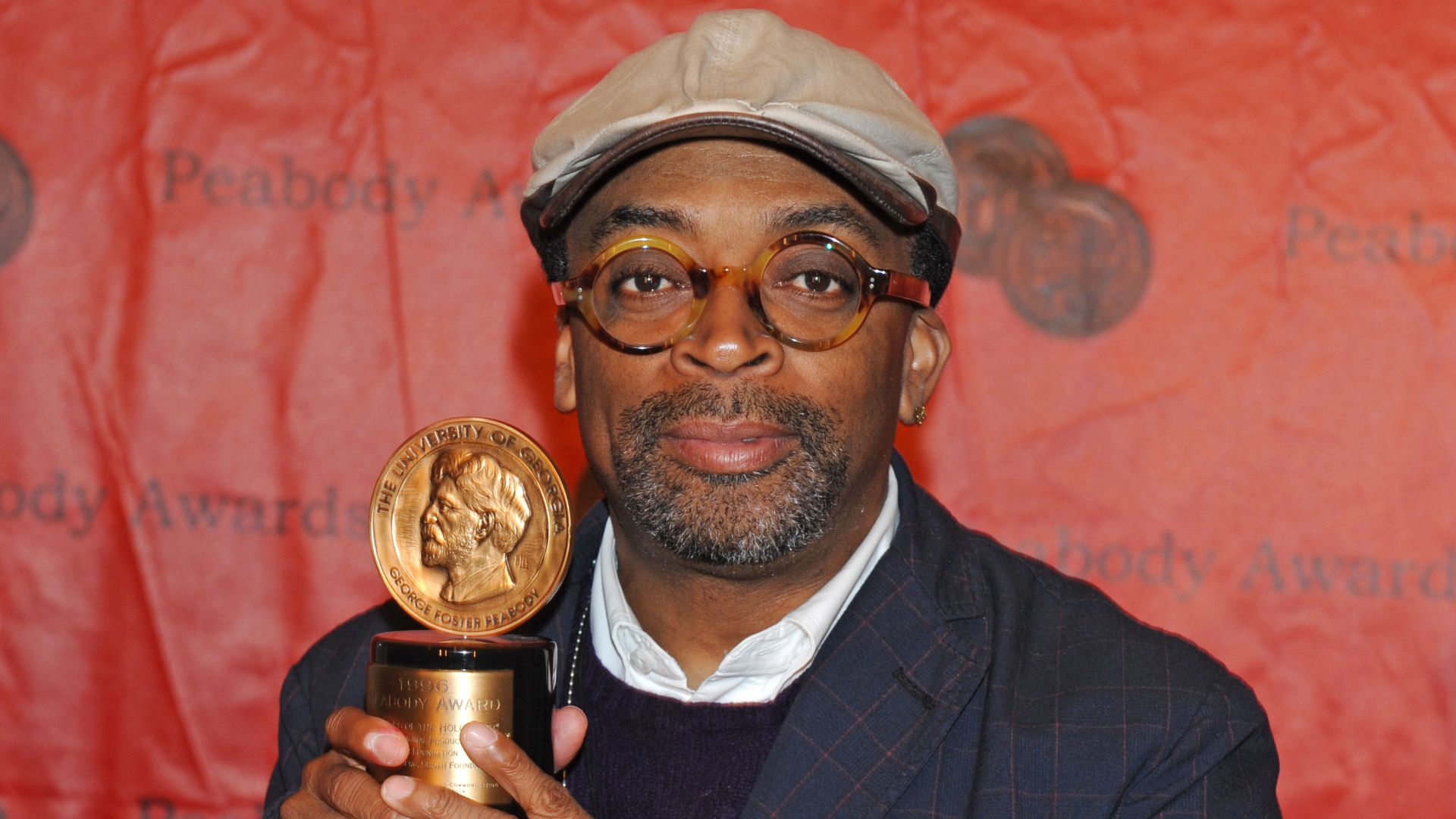 Peabody Awards, Wikimedia Commons
Peabody Awards, Wikimedia Commons
Guillermo del Toro
Dark fairy tales, monsters with souls, and lush imagination. Pan’s Labyrinth, Hellboy, and The Shape of Water blur lines between horror and beauty. Del Toro’s monsters reflect humanity’s tenderness and flaws, making fantasy feel heartbreakingly real.
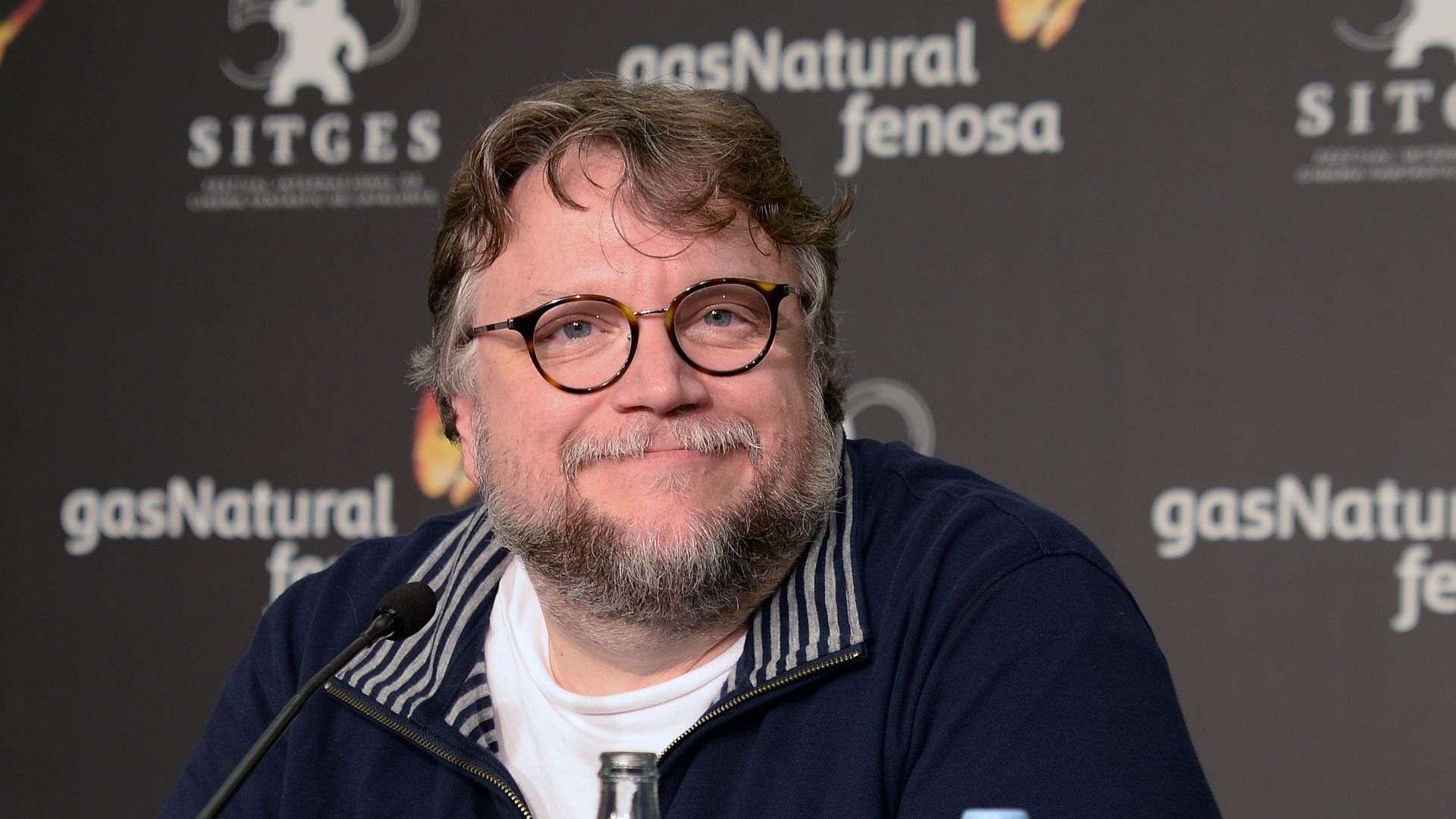 GuillemMedina, Wikimedia Commons
GuillemMedina, Wikimedia Commons
You May Also Like:
Every Hitchcock Cameo You Probably Missed
Christopher Nolan's Most Mind-Bending Movies
Spielberg vs. Scorsese: Who Is The Better Director—According To The Numbers

